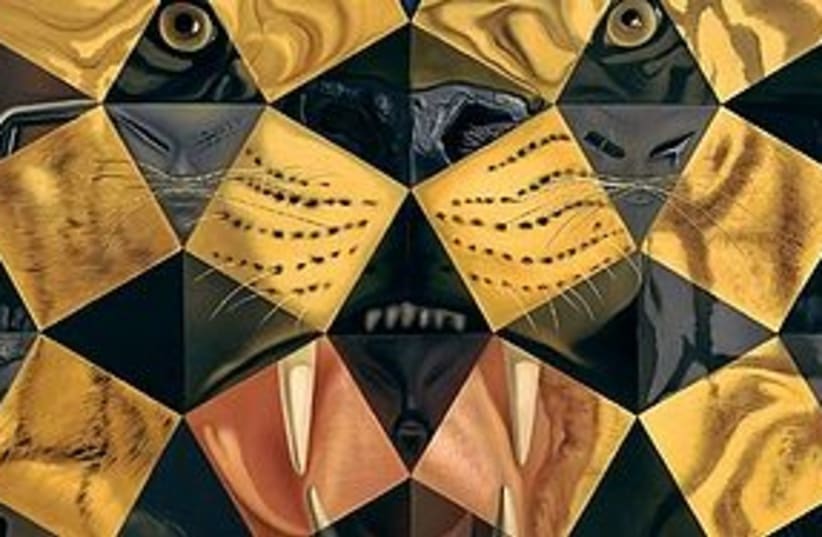Can you describe Dali's connections to artists of the 1960s and 1970s such as Andy Warhol, Roy Lichtenstein and Willem de Kooning?The same “low culture” ventures and adamant figurative style that made Dali a target for critics in the mid-20th century would attract a fresh generation of Pop artists in the 1950s and 1960s, who saw in Dali an antecedent to their direct engagement with celebrity status and mass culture; Dali would even sit for one of Andy Warhol’s screen tests in 1966, used as a background for performances of the Exploding Plastic Inevitable. Warhol’s remark, "Making money is art, and working is art, and good business is the best art," might equally have come from the then-sexagenarian Dali, who by 1970 had amassed a fortune of approximately $10 million.The relationship between Dalí and Pop Art is a fascinating cross-pollination and has become one of the most convincing pillars for the “late” work’s reassessment. His 1958 painting, The Sistine Madonna – employing a dot-matrix based of an enlarged photograph of Pope John XXIII’s ear printed in Paris Match, onto which Dali has superimposed Raphael’s Sistine Madonna – was an antecedent to Lichtenstein’s Benday-dot paintings three years later, and to the enlarged mechanical reproductions filched from newspapers and magazines that would be used by artists including Gerhard Richter, James Rosenquist, Chuck Close, and Sigmar Polke. But it was not only Dali’s recent work that seemed relevant to Pop: the 3 Generations exhibition, hosted by the Sidney Janis Gallery, New York in 1964, presented Dali’s Illuminated Pleasures (1929) alongside works by Rothko, de Kooning, Pollock, Lichtenstein, and Warhol, forging an intriguing connection between Dali’s early photographic collage-paintings and contemporary art.What do you hope that viewers will take away with them after experiencing the exhibition?Regardless of how much one knows already about Dali, this exhibition should expand that view and challenge certain assumptions one may have. Those who know Dalí mainly for his moustache and ‘melting clock’ painting will hopefully take away an appreciation for Dali’s inventiveness and the diversity of his oeuvre. Fundamentally, every viewer will hopefully leave questioning why forty years of prolific production by a major twentieth-century artist has been pigeon-holed and under-analyzed for so many decades.
Article provided by MutualArt.com - a personalized art information service covering thousands of sources across the web.
